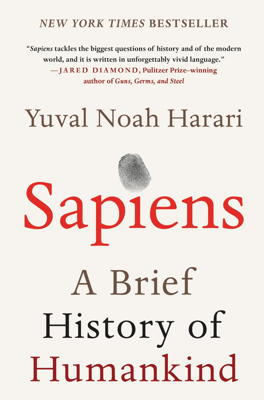A Permanent Revolution
Overview of Societal Transformations and the Industrial Age
The Industrial Revolution significantly shifted humanity's relationship with the environment, leading to extensive ecological transformations and species extinctions. As human activities molded the planet to fit their needs, forests were cut down, swamps drained, and natural habitats destroyed, turning the once vibrant ecosystem into a landscape dominated by human constructions.
Demographics and Ecological Impact
Currently, the Earth is populated by nearly 7 billion Homo sapiens, and their combined mass significantly outweighs that of wild animals, accentuating the dramatic shift in planetary dominance. Domesticated animals such as cattle and poultry far surpass in weight, the total of wild animals, highlighting the extensive scale of human influence on animal populations.
Ecological Considerations and Future Challenges
Despite the abundance of resources due to technological advancements, ecological degradation poses a serious threat to the future sustainability of human activities. The likelihood of ecological catastrophes, such as global warming and bio-diversity loss, is high and might necessitate even more aggressive environmental manipulations, potentially leading to chaos.
Changing Societal Structures: Modern Industrial and Governmental Influences
With the onset of the Industrial Revolution, societal structures experienced profound shifts, primarily through the mechanization of production and the standardization of time. Industrialization replaced natural agricultural timelines with a rigid schedule dictated by industrial needs, emphasizing precision and uniformity across various sectors of life including work, education, healthcare, and public services.
Disintegration of Traditional Social Units
A major social transformation observed during the Industrial Revolution was the breakdown of traditional families and local communities, with their roles increasingly supplanted by state and market mechanisms. The state and market offered individuals unprecedented levels of support, from healthcare to education and employment, enticing them to embrace individualism over community-oriented living.
Emergence of Imagined Communities
To fill the emotional void left by the disintegration of intimate social units, modern states and markets foster 'imagined communities' where people, despite not knowing each other personally, share a collective identity through nationalism or consumerism. These imagined communities are crucial in maintaining social cohesion in the face of weakening traditional community bonds.
The New Peaceful Era and Its Foundations
Modern times, especially post-World War II, have been marked by the unprecedented prevalence of peace, driven by various factors including the lethal potential of nuclear warfare, the reduced profitability of war, the rise of the peace-loving global elite, and the interdependence fostered by global economic integration. The cost of war has become prohibitively high, while the benefits of peace, through global trade and cooperation, have become immensely valuable.
Conclusion: A Balance Between Stability and Flux
The chapter concludes by reflecting on the dual nature of the modern era — a period marked by significant peaceful developments alongside potential for conflict. The ongoing societal changes continue at a rapid pace, driven by technological and economic transformations, suggesting a future that could tilt towards either further stabilization or disruption, depending on global political, environmental, and economic factors.
